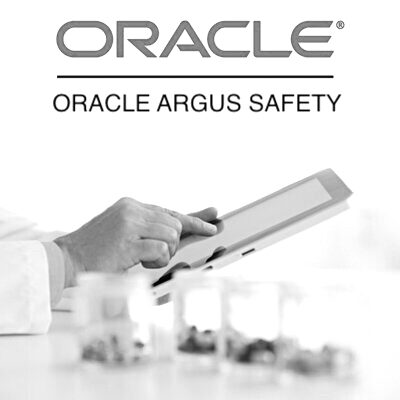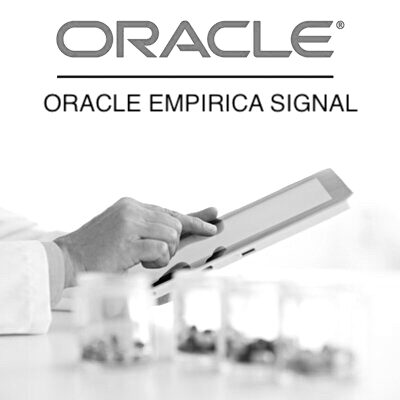Standard Operating Procedures in Pharmacovigilance
Standard Operating Procedures (SOPs) in pharmacovigilance are detailed written instructions that outline the steps and processes involved in specific pharmacovigilance activities. SOPs are used to ensure consistent and uniform performance of pharmacovigilance activities, and to ensure that these activities are performed in compliance with regulatory requirements and industry standards.
SOPs in pharmacovigilance typically cover areas such as:
- Adverse event reporting and processing, including procedures for receiving, documenting, and triaging adverse event reports.
- Risk management activities, such as procedures for conducting risk assessments and implementing risk minimization measures.
- Data management, including procedures for storing, maintaining, and retrieving pharmacovigilance data.
- Literature searches and other forms of safety surveillance, including procedures for conducting literature searches, monitoring the safety literature, and assessing the impact of new safety information.
- Communication with regulatory agencies and other stakeholders, including procedures for communicating safety information to healthcare providers, patients, and the public.
SOPs play a critical role in ensuring that pharmacovigilance activities are performed consistently and efficiently, and that they are in compliance with regulatory requirements and industry standards. SOPs help to ensure that the safety of medical products is continuously monitored and evaluated, and that patients are protected by the safe and effective use of these products.
You may be interested in the programs below:
-
 eLearning + software
eLearning + softwareOracle Argus Safety Essentials
$599.00 -
 eLearning + software
eLearning + softwareOracle Argus Safety Essentials + Console
$799.00 -
 Live Online
Live OnlineOracle Argus Safety – Live Online
$999.00 -
 Live Online
Live OnlineOracle Argus Safety + Console – Live Online
$999.00 -
 eLearning + software
eLearning + softwareOracle Empirica Signal
$599.00 -
 Live Online
Live OnlineOracle Empirica Signal – Live Online
$999.00 -
 eLearning + software
eLearning + softwareDiploma in Pharmacovigilance
$799.00 -
 eLearning + software
eLearning + softwareArgus Safety – Business Configuration and Administration
$599.00
